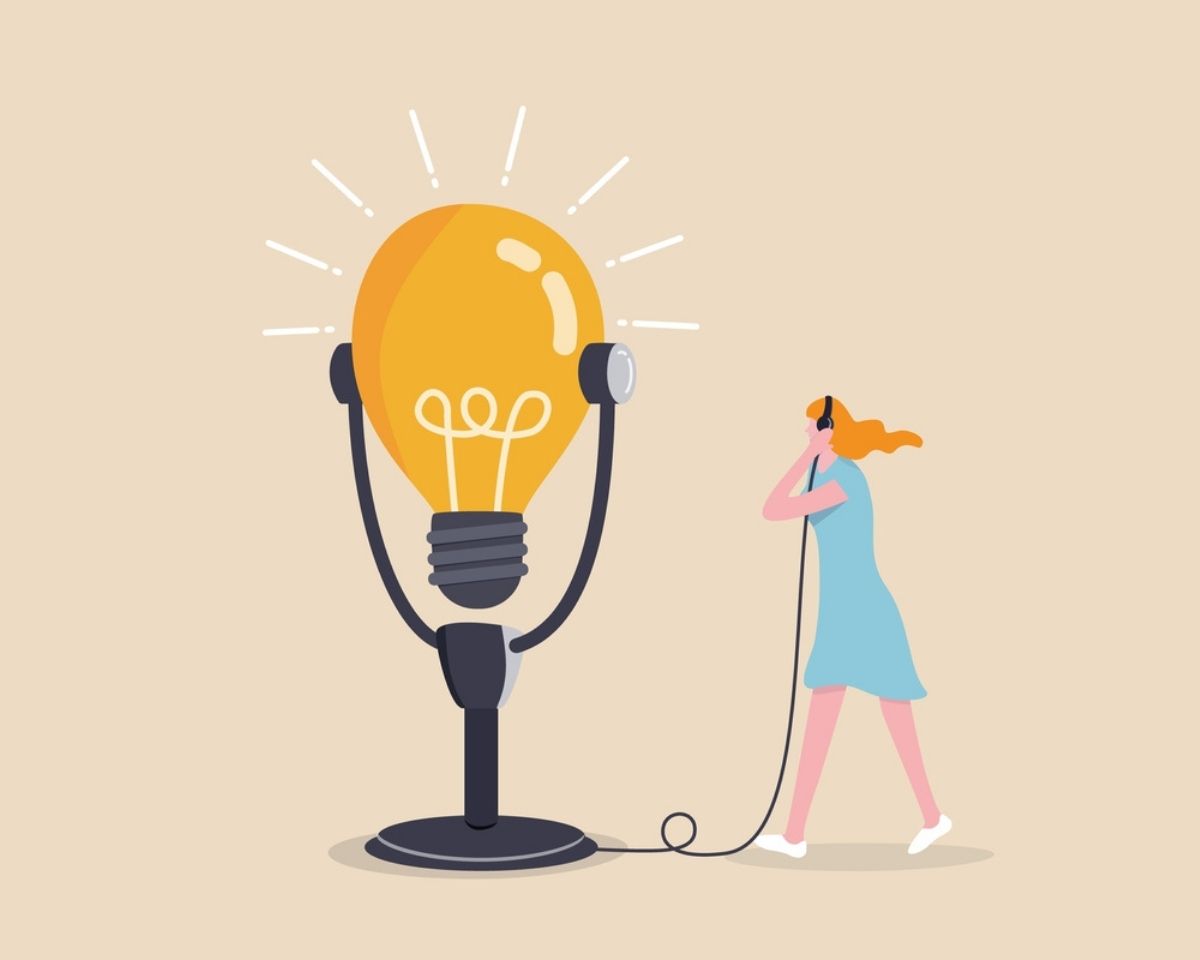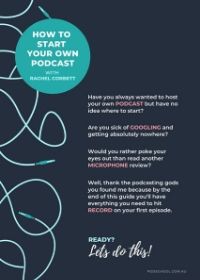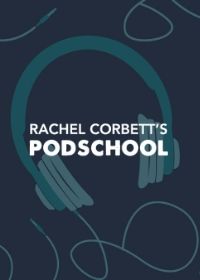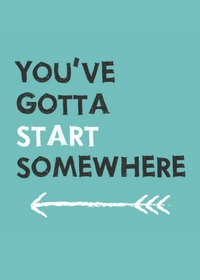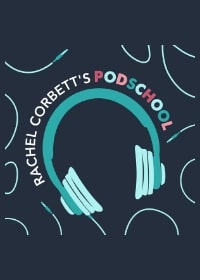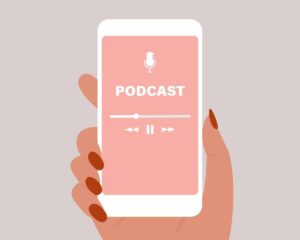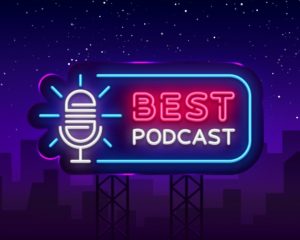
Why you can’t just copy and paste your words into a podcast
Have you got a mountain of written content and you want to turn it into a podcast?
Repurposing existing content from a blog or book is a great idea. But if you want to build an audience of highly-engaged podcast listeners (you do!), reading your content isn’t a good way to go about it.
A podcast is a show, not an audiobook so here’s what to do if you want to make your written content work as audio…
Why reading on your podcast is a bad idea
Reading is one of the quickest ways, as a host, to disconnect from your audience.
When you’re trying to grow your podcast and encourage people to share your show you have to deliver high-quality, engaging content and there’s nothing engaging about listening to somebody read.
Why? Because to capture someone’s attention you need to be talking directly to them.
But if you’re reading your content you’re talking to the page, not the people listening and that means you’ll likely sound disinterested, disengaged and disconnected.
If you sound that way you won’t be able to hold the attention of your audience which means they won’t stick around.
Why having a lot of written content can be a great thing for your podcast
One of the reasons most podcasts podfade into oblivion is they realise coming up with content every week is a lot of work.
If you’ve already done the hard yards and built a library of content on another platform and you know there’s an audience for it, this is a great position to be in.
But that doesn’t mean the hard work is over.
Just because your content worked on another platform doesn’t mean it’ll work in audio.
So if you want to get your content in front of people’s ears as well as their eyes you have to turn it into something that works for them.
How to turn written content into audio content
This can be as simple as going through your blog posts, lesson plans or book and transforming the content into a series of bullet points you can deliver to your audience naturally.
Bullet points are great because they give you a structure to follow for your podcast without the plan being written out word for word.
If your content is based on your expertise you shouldn’t need to write things down in a lot of detail because you know everything already.
Ideally, you want a few short sentences in front of your to trigger your brain to present your content in a natural way that sounds like it’s coming off the top of your head.
A bullet point list will give your brain everything it needs to present naturally so you can speak directly to your audience instead of speaking to what’s written in front of you.
Think about whether presenting solo is the best option
Just because the original source material was written by you doesn’t mean you need to present it on your own.
When you go through everything you might realise you’re better off nutting things out with a co-host.
Or bringing in a guest every week to interview about the topics you cover on your blog.
This can be a much more engaging way of delivering content so think about whether you can take what’s written down and fashion it into discussion topics or questions.
There are a million different ways to put a show together so think about who you’re talking to because an audience who likes to read content can be very different to an audience who wants to listen to it.
To really capture people’s attention and make your content work as a podcast you need to make sure you’re making the show for your listeners, not just regurgitating content that was made for someone else.
Want to start your own podcast but need a little help? Download my “How To Start A Podcast” guide or sign up for my online podcasting course, PodSchool.
Welcome to the show! Today’s episode is going to be very quick because I'm going to just focus on one very small but very important thing. I get a lot of emails from people wanting to repurpose content they already have on a blog or the other day I got an email from someone who had some lesson plans they wanted to transform into a podcast. And one of the interesting and slightly dangerous things I find a lot of people do is they are reading old content and putting it onto a podcast and then wondering why it sounds bad and doesn't work. So I wanted to dedicate an entire episode of the show to this piece of advice… please do not read on your podcast. Reading is one of the quickest ways to disconnect you from your audience. And when you are trying to grow an audience and bring more people into your show through word of mouth, the only way to do that is by connecting with them and delivering high quality, engaging content. And there is nothing engaging about listening to somebody read. When you are reading, you are focused on the page and not on your listener. So if you’ve got content on a website or you've got lesson plans you want to share with other people, that's fantastic. In fact, if you've got a bunch of content you could turn into audio, you should be singing and dancing because coming up with content is a huge reason why a lot of podcasters fade out and stop releasing episodes. If you've got content sitting there just waiting to be turned into a podcast, that’s a dream position to be in. But you want to make sure the content that works for you in another medium works well in audio. The only way to do that is to prepare and present it in a different way. That doesn't need to be super involved. If you've got a blog post and you’re sharing your expertise you have all of that knowledge in your head already. You just need to present it to people naturally. So turn that blog post into a bullet point list that reminds your brain what you want to cover so you can present it naturally. Don’t make the mistake of thinking a podcast is just an audio version of content that exists somewhere else. Reading is not engaging in a podcast, but you can turn written content into audio content with just a few tweaks. Do that and you’ll be more to grow an audience rather than someone tuning in and thinking “BORING!”
Hope that's helped you put that pen and paper away and not write yourself a script to read from. It's very important you think about the audience that you're talking to and try to capture their attention as best as you can.
If you haven’t checked out my online podcasting course, please check it out at PodSchool.com.au. It is a step by step, comprehensive, best practise guide to podcasting that's designed to not only help you get a show into people's ears but also set yourself up for success. Because what's the point of jumping in the deep end if you're not going to swim? Thanks so much for listening. I’ll see you next week and until then, happy podcasting.

